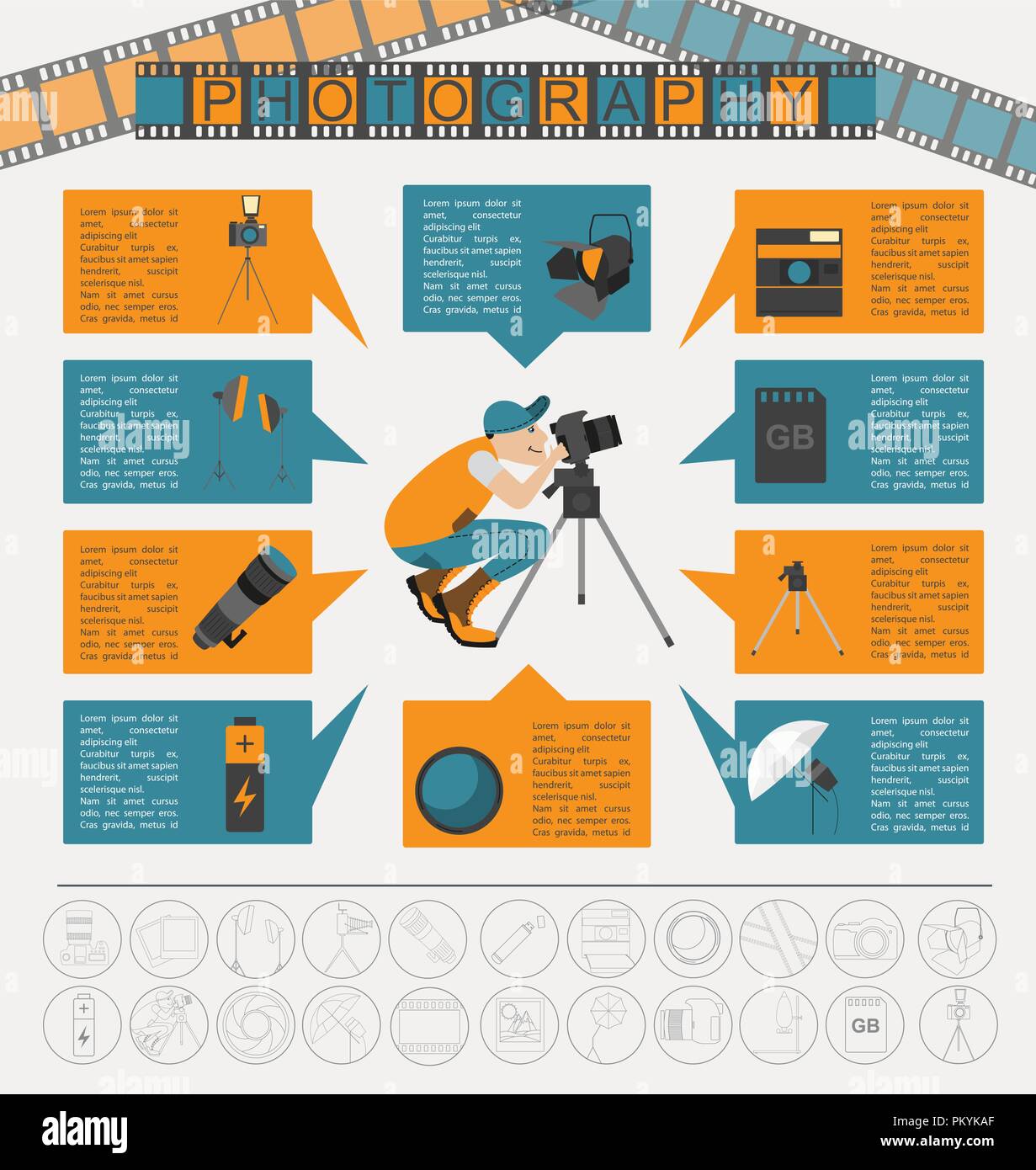Photography Tips For Beginners: Grasping Your Camera In A Snap
Photography Tips For Beginners: Grasping Your Camera In A Snap
Blog Article
Material Writer-Ballard Elmore
When you initially grab your video camera, it can really feel overwhelming with all the setups and alternatives readily available. You could find yourself asking yourself how to navigate aperture, shutter rate, and ISO effectively. Grasping these fundamentals is important, yet there's more to digital photography than simply technical knowledge. Understanding structure methods and lighting problems can boost your pictures substantially. So, what happens if you could discover easy methods to enhance your abilities and begin recording outstanding photos earlier than you believe? Allow's check out how to change your photography trip.
Recognizing Electronic Camera Settings
Recognizing your electronic camera setups is critical for recording sensational photos. When you pick up your electronic camera, familiarize on your own with the three primary setups: aperture, shutter speed, and ISO. Each plays a crucial function in just how your photos turn out.
Begin with aperture, which manages the quantity of light getting in the lens. A larger aperture (lower f-number) allows extra light and produces a lovely background blur, best for portraits. On the other hand, a narrower aperture (greater f-number) maintains more of the scene in emphasis, suitable for landscapes.
Next, concentrate on shutter rate. This setup identifies for how long your camera's sensing unit is revealed to light. A quick shutter rate freezes activity, which is wonderful for activity shots, while a slow shutter rate can develop stunning results like smooth water in landscapes.
Finally, readjust your ISO. This setup influences your cam's sensitivity to light. A greater ISO works in low-light situations but can present noise or grain. Corporate Headshots near me for the lowest ISO possible while still achieving correct direct exposure.
Structure Strategies
When you're out capturing, make-up can make all the distinction in exactly how your photos resonate with viewers. Start by utilizing the rule of thirds; envision your structure separated right into 9 equal areas with two straight and two upright lines. Position crucial elements along these lines or at their intersections to develop balance and passion.
Next, consider leading lines. These all-natural lines in your scene, like roads or rivers, draw the customer's eye right into the photograph, leading them via the tale you're informing.
Do not forget about framing; usage elements within your scene, like trees or home windows, to develop a structure around your subject, adding depth and emphasis.
Additionally, watch on your history. A cluttered background can sidetrack from your major topic, while a straightforward one assists it stick out.
Finally, explore symmetry and patterns; they can produce a striking image that catches attention.
Learning Lights Issues
Mastering lighting conditions is crucial for catching stunning photographs, as the appropriate light can transform a regular scene into something extraordinary.
Beginning by observing natural light at various times of the day. Early mornings and late afternoons offer the best light, known as the golden hour. Profile photographer near me , cozy tones during these times can enhance your pictures perfectly.
Don't avoid cloudy days either; diffused light can minimize harsh shadows and create a pleasing result, specifically for portraits.
Trying out backlighting by placing your topic versus the light source. This strategy can create a wonderful halo impact and include depth to your images.
Take notice of your video camera setups also. Adjust the ISO, aperture, and shutter rate to match the lighting problems. A higher ISO can assist in low light, but beware of grain.
Utilize a tripod in darker settings to prevent blur.
Lastly, do not neglect synthetic lights. Flash and continual lights can be excellent tools for regulating light in tough problems.
Conclusion
Finally, understanding your electronic camera doesn't need to be frustrating. By recognizing your settings, using composition techniques, and taking advantage of the power of natural light, you'll rapidly elevate your digital photography skills. Bear in mind, practice makes excellent, so go out there and explore your newfound understanding. With time and devotion, you'll be capturing sensational photos that show your unique perspective. Appreciate the trip, and don't forget to have a good time while you're at it!
